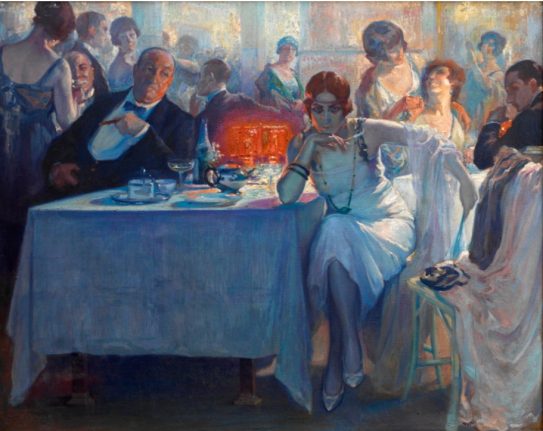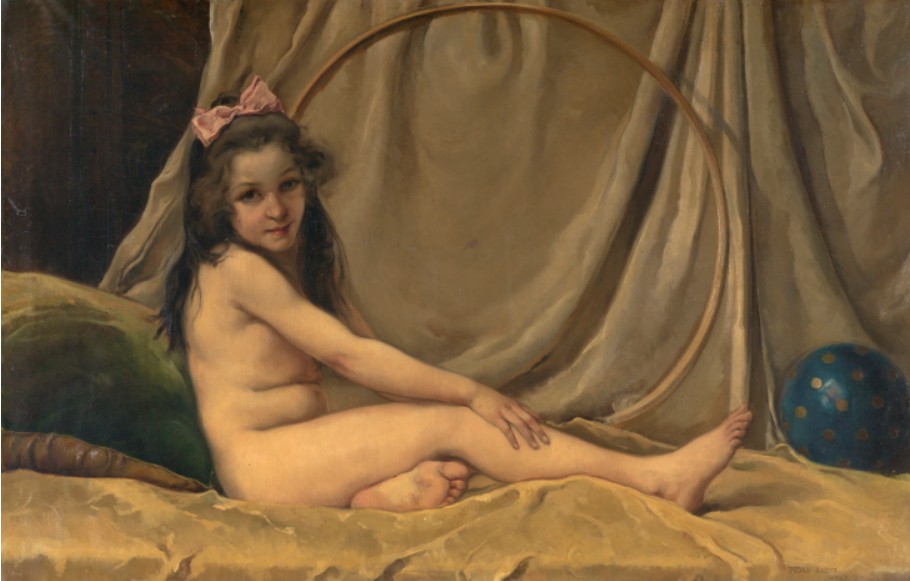"El Greco and Modern Painting" is part of a year-long series of big exhibitions to mark the 400th anniversary of the Greek-born master's death.
El Greco's works languished in obscurity until the late 19th century, but once collectors noticed them he became one of the most important figures in the history of art, influencing Picasso at the start of the Cubist movement.
The Prado exhibition shows just how far he marked modern art, juxtaposing his works with those of artists he influenced.
"The influence of El Greco is very wide. He influenced hundreds of modern artists," said the show's curator, Javier Baron.
He cited artists who shaped modern painting, such as Paul Cezanne, Picasso, British painters such as Bacon and US ones such as Pollock.
Cezanne's "Lady in a Fur Wrap, After El Greco", a portrait of a stern-faced woman, hangs in the show alongside El Greco's 16th-century work, to which it is a tribute.
Born Domenikos Theotokopoulos in Crete in 1541, El Greco moved to Spain, settling eventually in the city of Toledo at the age of 36 after being rejected by the court of King Philip II.
He was forced to accept all kinds of commissions to pay off his debts, producing numerous portraits and religious images in his workshop in Toledo.
The Prado show reveals his startling influence on works such as Picasso's "Demoiselles d'Avignon" — though that painting does not form part of the show.
In that 1907 painting, the nude prostitutes depicted in Cubist style by Picasso were inspired by the heavenly figures painted by El Greco in his altarpiece "The Vision of Saint John".
"That painting fascinated Picasso and influenced him decisively when he was launching the key avant-garde movement known as Cubism," said Baron.
The show groups 26 works by El Greco plus 57 paintings and 23 sketches and etchings by 19th and 20th century artists.
"El Greco and Modern Painting" runs at the Prado Museum, Madrid from June 24th to October 5th.




 Please whitelist us to continue reading.
Please whitelist us to continue reading.
Member comments